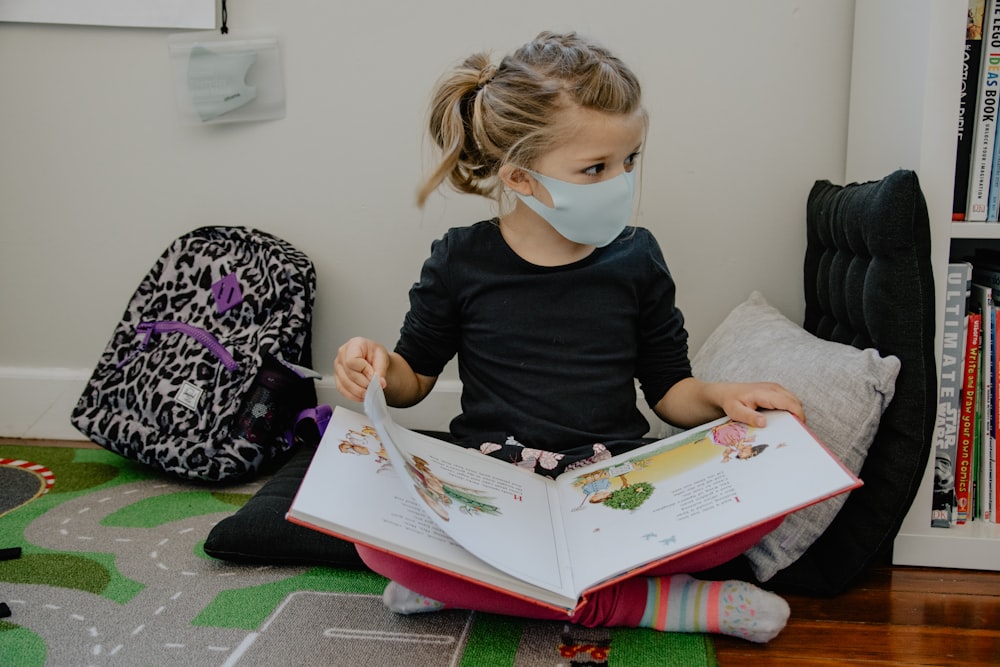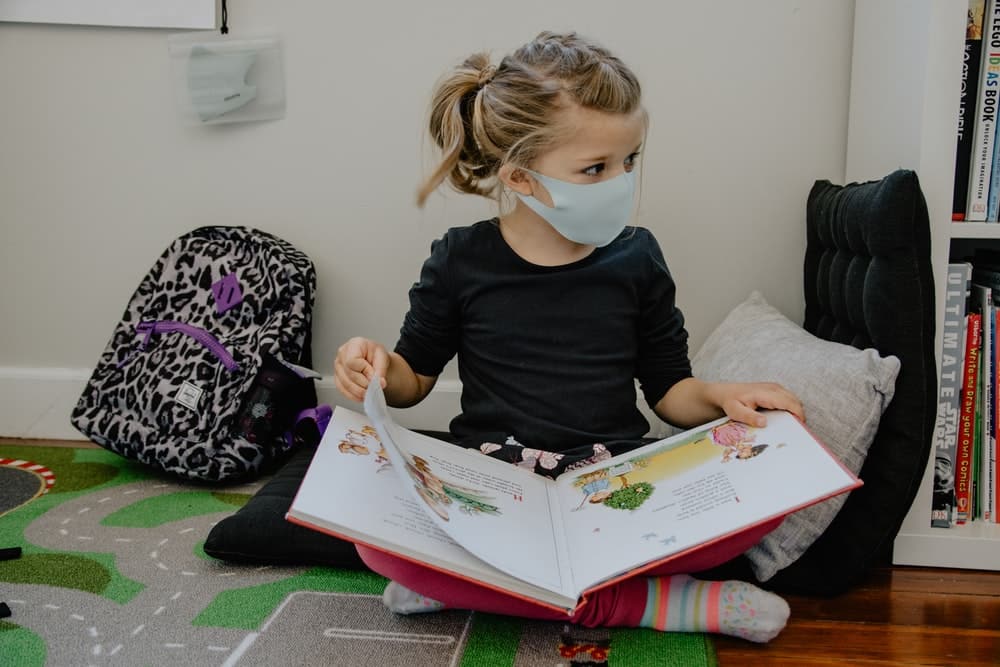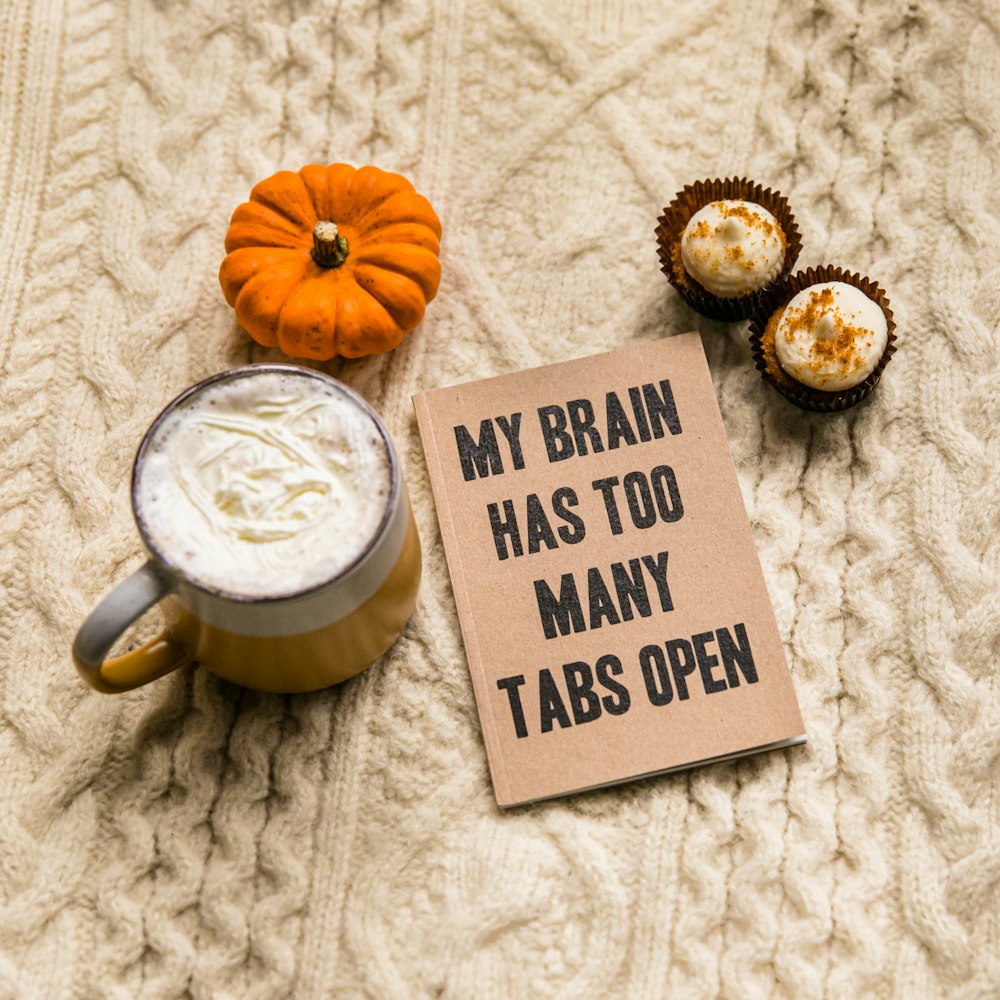Nonprofit group Children and Adults with Attention Deficit Hyperactivity Disorder reported that calls to their help line have increased by 62% since the pandemic, with more than half of the calls stem from parents looking for a doctor specializing in ADHD.
It is completely normal for children to daydream, make mistakes and fidget, it is something that children grow out of as they mature. However, children with ADHD do not just grow out of these behaviors, the symptoms may follow them into adulthood and may increase in severity, leading to difficulty forming relationships and disrupt livelihoods. The term ADHD became official in May 2013, when APA released the Diagnostic and Statistical Manual of Mental Disorders, Fifth Edition (DSM-5), the golden handbook referred by doctors when making diagnoses for mental health conditions.
Common symptoms of ADHD (children)
- daydreaming
- forget or lose things often
- fidget in the seat
- make careless mistakes
- hard time resisting temptation
- have trouble getting along with other kids
What causes ADHD
Despite how common ADHD is, have yet to pin point the root of the ADHD. Some risk factors scientists are currently studying is:
- Size of grey matter
- Brain injury
- Environmental pollution
- Alcohol & tobacco use during pregnancy
- Premature delivery
- Low birth weight
Types of ADHD
The American Psychological Association has grouped ADHD into three categories (predominantly inattentive, predominantly hyperactivity- impulsive, and a combination of both) to make diagnoses more synchronized. The type you have can change over time and affects the mode of treatment.
Predominantly inattentive

The person has trouble finishing tasks and following instructions, and easily distracted. Fun fact, these symptoms used to be classified as ADD, or attention deficit disorder. Children with this particular type of disorder is overlooked easily as they aren’t noisy or try to disrupt the classroom, leading to a huge number of them to not receive a proper diagnosis.
Predominantly hyperactive-impulsive type
People with this type of ADHD show primarily hyperactive and impulsive behavior, think a child on a sugar rush. The person fidgets constantly and finds it hard to stay still for long. Children with ADHD are often disruptive and tend to accidentally injure themselves and others.
Combined presentation (hyperactive-impulsive and inattentive type)
This is the most common type of ADHD. Combined symptoms include inability to pay attention, a tendency toward impulsiveness, and above normal levels of activity and energy.
ADHD testing and diagnosis
The type of ADHD a person has will determine the type of treatment received. At the moment, there is no single test to diagnose someone with ADHD, and other mental illnesses such as anxiety, depression, insomnia can have similar symptoms. Through the process of elimination, the doctor can determine if someone has ADHD by conducting a medical exam. Careful listening of history of the person from peers, family members and colleagues can help professionals assess the severity of the patients’ condition.
ADHD treatment
A combination of behavior therapy and medication is used to treat ADHD depending on its severity. However, older adults with a greater risk of drug interactions and those with minor ADHD symptoms can opt to cry other coping strategies that don’t involve medication.
Cognitive behavioral therapy
Cognitive behavioral therapy is a form of psychotherapy that helps change patterns of thoughts to more positive and healthier ways of thinking. If one changes the way they think about a situation, ultimately, their feelings and behaviors will reflect the way they think and follow suit. This can help acknowledge and shift the mindset paradigm of “all or nothing” perfectionists, who think that their accomplishments must either be perfect or a failure.
Emotional therapy
The impact of ADHD can be taxing on an individual and lead to emotional ups and downs. This can be a challenge to find balance in protecting ones mental health, while balancing relationships and life. Simple day to day activities such as waiting in line or facing a minor setback can easily irritate a person. This irritation may create a domino effect for bad mood for the rest of the day, destroying relationships and every day activities. Finding a psychiatrist can help discuss symptoms and the best way to deal with a negative situation.
Neurofeedback
People with ADHD have reduced activity in the frontal brain. Neurofeedback aims to teach patients to regulate brain waves through performing tasks. Leads are placed on the patient’s head and signals pass from the leads to a computer, which monitors brain signals. However, studies of neurofeedback shows mixed results and it typically requires 40-80 sessions, making it a time consuming and expensive option.
ADHD can be difficult to live with, however, there are various coping strategies out there to help. Whether you opt for medication or other non medicated options, be sure to check in with a certified professional. With the range of ADHD types and symptoms displayed, it is best to get the right diagnosis in order to get the best treatment possible.
Reference:
“Long-Term Effects and Risks of ADHD Drugs: Adderall … – WebMD.” 18 Mar. 2019, https://www.webmd.com/add-adhd/long-term-risks-adhd-medications. Accessed 5 Mar. 2021.
“Long-Term Effects and Risks of ADHD Drugs: Adderall … – WebMD.” 18 Mar. 2019, https://www.webmd.com/add-adhd/long-term-risks-adhd-medications. Accessed 5 Mar. 2021.
“Nonprofit says parents are seeing signs of ADHD … – News Channel 5.” 24 Feb. 2021, https://www.newschannel5.com/news/nonprofit-says-parents-are-seeing-signs-of-adhd-in-kids-during-pandemic. Accessed 5 Mar. 2021.
“Diagnosing ADHD – CHADD.” https://chadd.org/about-adhd/diagnosing-adhd/. Accessed 5 Mar. 2021.
“About ADHD – Symptoms, Causes and Treatment – CHADD.” https://chadd.org/about-adhd/overview/. Accessed 5 Mar. 2021.
“About ADHD – Symptoms, Causes and ….” https://chadd.org/about-adhd/overview/. Accessed 5 Mar. 2021.
“ADHD: Everything You Need to Know – Healthline.” https://www.healthline.com/health/adhd. Accessed 5 Mar. 2021.
“What is ADHD? | CDC.” 26 Jan. 2021, https://www.cdc.gov/ncbddd/adhd/facts.html. Accessed 5 Mar. 2021.
“Learn About Attention-Deficit / Hyperactivity Disorder (ADHD) | CDC.” https://www.cdc.gov/ncbddd/adhd/index.html. Accessed 5 Mar. 2021.
“Learn About Attention-Deficit / Hyperactivity ….” https://www.cdc.gov/ncbddd/adhd/index.html. Accessed 5 Mar. 2021.
“Learn About Attention-Deficit / Hyperactivity ….” https://www.cdc.gov/ncbddd/adhd/index.html. Accessed 5 Mar. 2021.
“Non-Drug Treatments For Adult ADHD” https://www.health.harvard.edu/mind-and-mood/non-drug-treatments-for-adult-adhd. Accessed 5 Mar. 2021.








